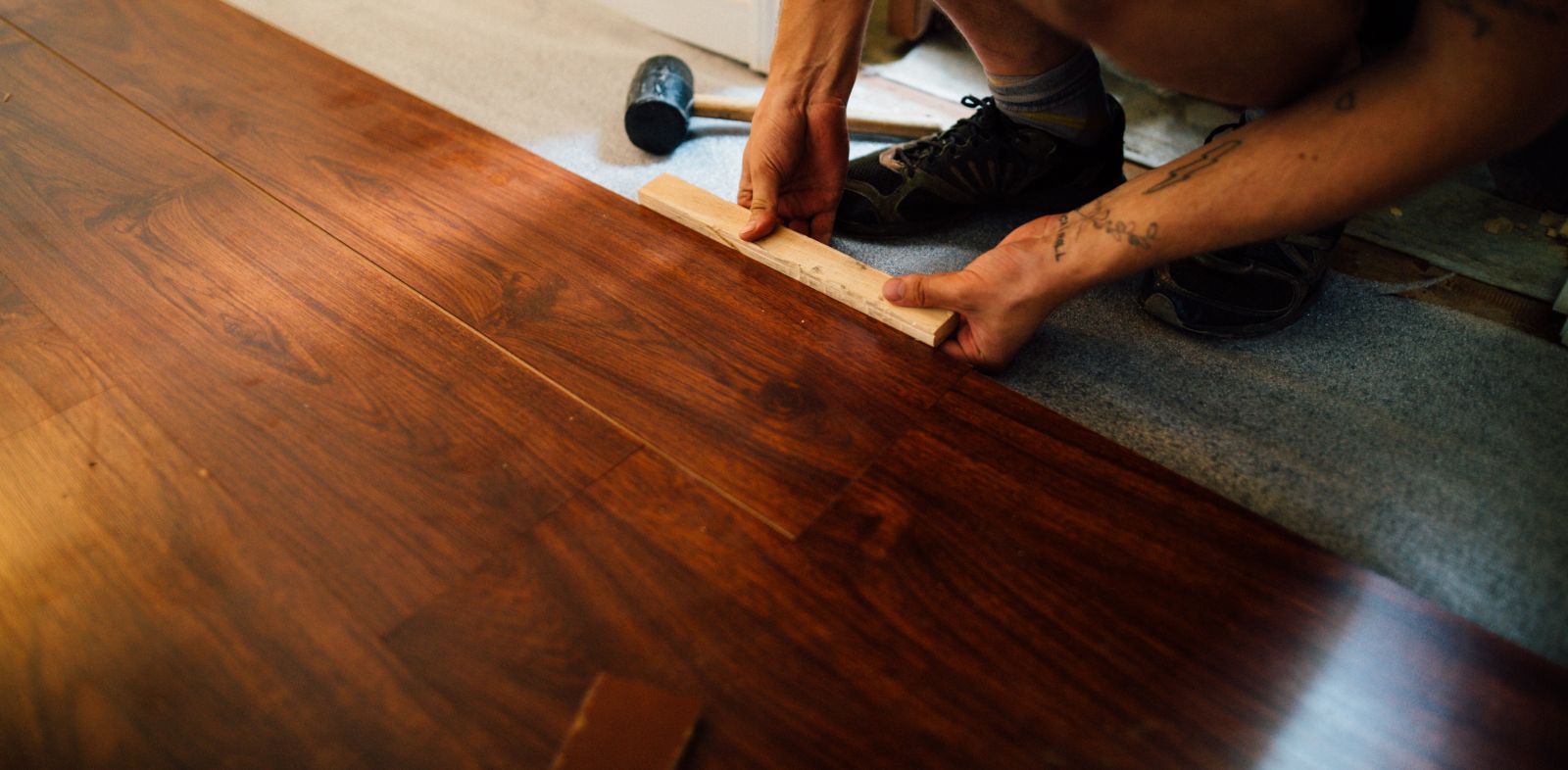
What is UNDER your floor?
November 15, 2022
When considering what kind of floor coverings to go with, whether it be carpet, laminate, vinyl, tile and sometimes even wood - don't forget to ask about what goes under your floor! It's best to discuss these options with your flooring expert to determine what works best for you, your family, and your floor!

Photo credit: OPUS Floors Canada, Natural Acoustic Silent* Cork Underlayment
*there are no truly silent floor underlayments available, this is a marketing term in this case, underlayments can help to reduce sound transfer
For a new carpet installation, you'll be selecting an underpad. The underpad will be for comfort, as well as increased durability for the life of the carpet. The pad aids in the "texture retention", or the carpet's ability to bounce back over time. It also provides thermal and acoustical insulation. Re-bonded, or chip foam, underpads are the most common underpad used in carpet installations. They come in a range of densities and thicknesses. Other options are virgin polyurathane foams, memory foam, and fiber carpet pads like felt and nylon. Rubber is an option for underpad for some carpets as well.
Click vinyl products often come with the underlayment, or backing, already attached. Laminate products will likely not have an attached backing and will require a separate underlayment to be purchased for correct installation. IF laminate has an attached backing, would require an additional vapor barrier for proper installation. There are three common backings for these click-floating products: cork, EVA foam and IXPE foam. Some companies have a proprietary blend that can include rubber, plastics and other compounds. There are fiber underlayments, like felt, as well. EVA (ethylene-vinyl acetate) foam is a closed-cell foam structure, but is only moisture/water resistant unlike IXPE foam with it's increased density. EVA foam may require an additional vapor-barrier (see installation product-specific instructions). IXPE (Irradiation cross-linked polyethylene) foam is a very fine closed cell foam that is waterproof and protects from forming mold, bacteria, mildew and rot. Cork is a natural option; it provides an increased R-value when compared to foams and is naturally anti-microbial and anti-fungal. Cork is VERY water-resistant because of it's natural waxy characteristic.

Some wood flooring products are click-floating, or an installer can float an engineered wood floor (for instance, in a basement where you are looking for increased comfort and warmth) with proper tongue and groove adhesive. The same styles of options mentioned above for vinyl and laminate are available for use with wood. It's important to make sure the glue is warranted with the underlayment; either the installer/salesperson can verify this or consult the installation instructions for DIY. Cork is a popular option with floating wood installations.

Tile has underlayments too! Pictured above is Schlüter's DITRA-HEAT membrane, which doubles as a membrane and a wire-holder for in-floor heating for tile installations. Membranes for tile, also called anti-fracture membranes, are also used for installations where a heated floor system is not being installed. The membranes create a barrier between the tile and the subfloor, smoothing out minor deflection in the floor and reducing the risk of the tile and grout cracking. Other options for tile underlayments are cement backerboards, additional plywood, and liquid/semi-liquid products. Kelowna Floors uses tile membranes in all of our tile installations, as well as follows the tile installation guidelines according to the TTMAC.
